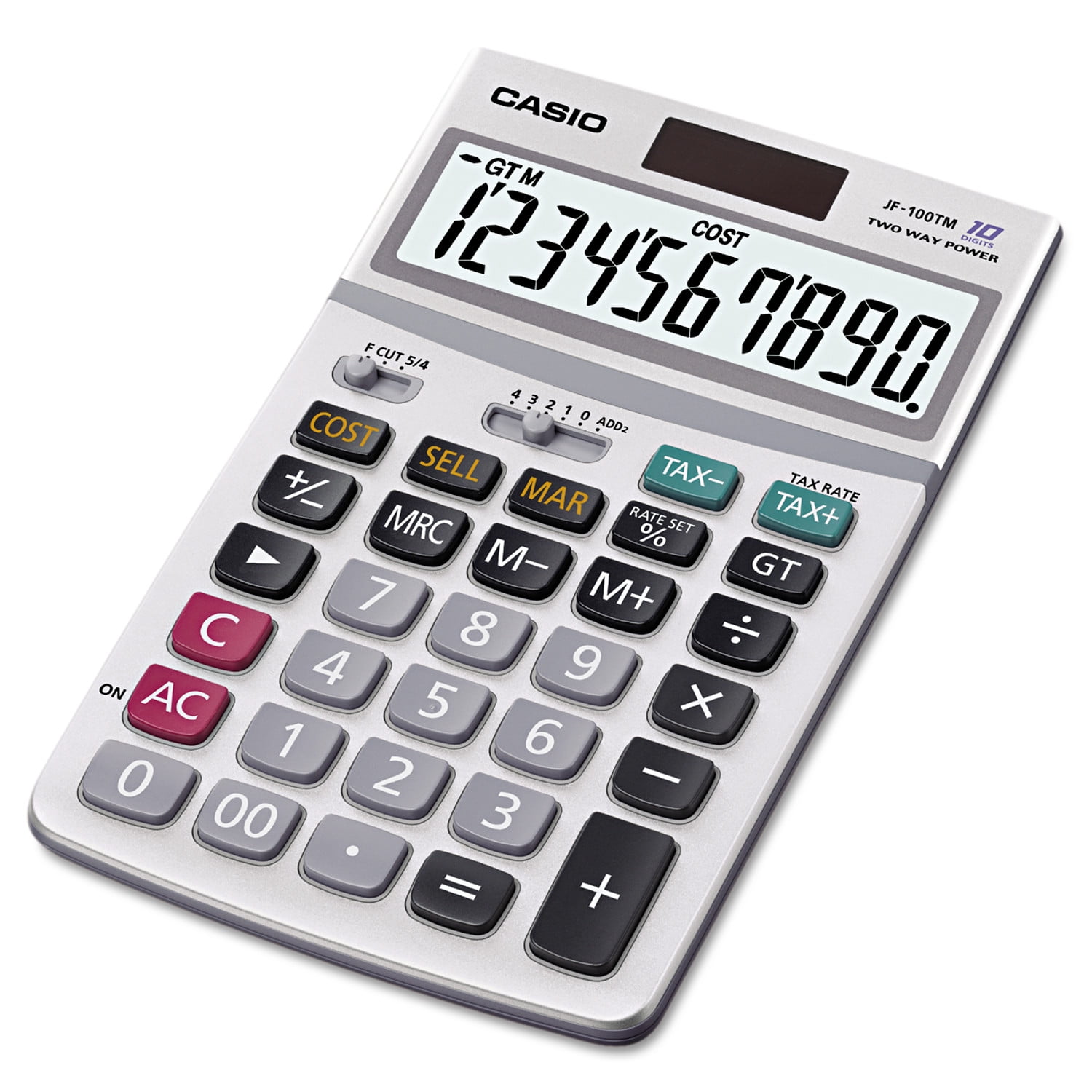

The extra features will give you room to grow into it, so you don't have to purchase a new one every year. If you're investing more than $30 on one, look for an advanced model. Most schools will make suggestions that tell you whether you need a graphing, scientific or standard calculator. The best way to decide which type of calculator is right for you starts with what you'll need it for.
#Casio standard calculator software
Some users complain that the software freezes or locks up.Depending on your experience level, could be a steep learning curve.It's far more than most graphing calculators on the market have. If you're looking for justification for the price, consider the 256 MB of memory it comes with. If you're a visual learner, the extra money may be worth it. And depending on the app, you'll get a new perspective when working with 3D models when you can drag your finger to move the object. It's usually easier to navigate by tapping the app tabs at the bottom of the screen than navigating buttons. You may wonder why you'd need a multi-touch, 16-bit display - until you start using it. The modern, brushed metal design and sliding cover definitely set it apart from the basic model you're probably used to seeing. Leave it to HP to jazz up the graphing calculator. Three definable keys allow you to save custom functionsįeatures: 256 MB flash memory | Slide-on cover | 8 ounces.Start fresh from any of the screens by pressing the home button.Work backwards to review your process and edit calculation mistakes without having to start from scratch. For more advanced users, equation editing and playback is a lifesaver.
#Casio standard calculator Pc
Those new to a scientific calculator will appreciate the PC simulator available to teachers, so they can display calculations to a class for everyone to follow along. The WriteView display allows students to see symbols and expressions like they'd find in a textbook. It's dual-powered solar power with a battery backup. The large display can handle up to 16 digits over four lines. There are 422 non-graphing functions possible, making it likely it can calculate nearly anything you can think of. It's a great option for someone who knows math or science will be their major but hasn't set a definitive direction yet.

The TI-30XS retails for just over $15 and comes packed with high-level-math functions and a four-line display. Texas Instruments is well-known among calculator nerds for producing some of the best devices at a reasonable price. Closeįeatures: Four-line display | MathPrint feature | Edit, cut, and paste entries If you see inaccuracies in our content, please report the mistake via this form. If we have made an error or published misleading information, we will correct or clarify the article. Our editors thoroughly review and fact-check every article to ensure that our content meets the highest standards. Our goal is to deliver the most accurate information and the most knowledgeable advice possible in order to help you make smarter buying decisions on tech gear and a wide array of products and services. ZDNET's editorial team writes on behalf of you, our reader. Indeed, we follow strict guidelines that ensure our editorial content is never influenced by advertisers. Neither ZDNET nor the author are compensated for these independent reviews.

This helps support our work, but does not affect what we cover or how, and it does not affect the price you pay. When you click through from our site to a retailer and buy a product or service, we may earn affiliate commissions. And we pore over customer reviews to find out what matters to real people who already own and use the products and services we’re assessing. We gather data from the best available sources, including vendor and retailer listings as well as other relevant and independent reviews sites. ZDNET's recommendations are based on many hours of testing, research, and comparison shopping.


 0 kommentar(er)
0 kommentar(er)
